Intel N200 vs Core i5 CPUs: Comparison and Benchmarking
The Core i5 CPU tops Intel N200 in almost every aspect
5 min. read
Updated on
Read our disclosure page to find out how can you help Windows Report sustain the editorial team. Read more
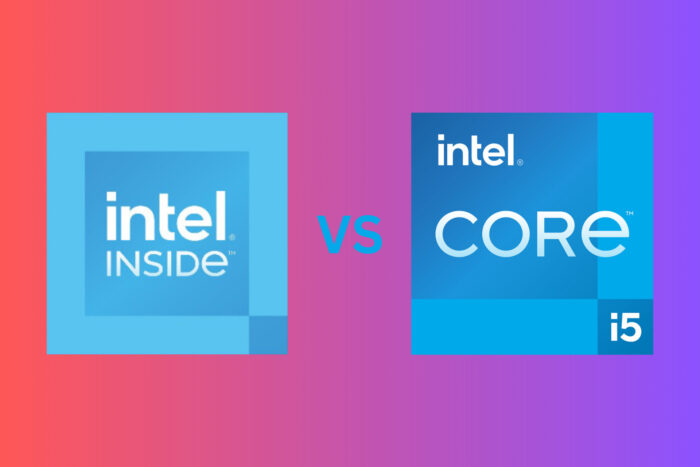
Intel Core i5-1135G7 and Intel N200 have pretty close tech specs, although N200 is a small form factor CPU created for mini-PCs and portables and i5-1135G7 was designed for laptops. However, if you’re choosing between the Intel N200 and the Intel Core i5 CPU, here is a detailed comparison and benchmarking results to ease your decision.
What are the differences between Intel N200 and i5-1135G7?
| Intel N200 | Intel Core i5-1135G7 | |
| Socket Type | FCBGA1264 | BGA1526 |
| CPU Class | Mobile/Embedded | Laptop |
| Clockspeed | 3.2 GHz | 2.4 GHz |
| Turbo Speed | Up to 3.7 GHz | Up to 4.2 GHz |
| No of Physical Cores | 4 (Threads: 4) | 4 (Threads: 8) |
| Cache | L1: 384KB, L2: 2.0MB, L3: 6MB | L1: 320KB, L2: 5.0MB, L3: 8MB |
| TDP | 6 W | 15 W |
| GPU | Intel UHD Graphics | Intel Iris Xe Graphics |
| No of Samples | 136 | 6195 |
| Single Thread Rating (% diff. to max in group) | 1923 (-28.4%) | 2686 (0.0%) |
| CPU Mark (% diff. to max in group) | 5152 (-47.4%) | 9799 (0.0%) |
1. CPU speed comparison
- CPU Cores and Threads: The Intel Core i5-1135G7 has 4 cores with 8 threads, while the Intel N200 has 4 cores with 4 threads.
- Base and Turbo Clock Speed: The i5-1135G7 operates at a base speed of 2.4 GHz and can turbo boost to 4.2 GHz. In comparison, the N200 runs at a base speed of 1 GHz and can turbo boost to 3.7 GHz.
- Performance in Benchmarks: The i5-1135G7 significantly outperforms the N200 in various performance metrics. For example, in the PassMark benchmark, the i5-1135G7 scores 9799, while the N200 scores 5152.
Understanding that the Intel i5-1135G7 has higher base and turbo speeds means it can handle more demanding tasks and deliver better performance during intensive applications.
2. Integrated Graphics performance
- GPU Clock Speed: The GPU in the i5-1135G7 operates at a base clock speed of 400 MHz and can boost up to 1300 MHz. The N200’s GPU runs at a base clock speed of 450 MHz and can boost to 750 MHz.
- Graphics Units: The i5-1135G7 features Intel Iris Xe Graphics with 80 execution units, compared to the N200’s Intel UHD Graphics with 32 execution units.
- Supported Displays: The i5-1135G7 can support up to 4 displays, while the N200 supports up to 3.
The superior GPU specs of the i5-1135G7, including higher clock speeds and more execution units, make it better suited for graphics-intensive applications and multitasking with multiple displays.
3. Memory compatibility and performance
- Maximum RAM Speed: The i5-1135G7 supports RAM speeds up to 4267 MHz DDR4, while the N200 supports up to 4800 MHz DDR5.
- Memory Channels: The i5-1135G7 supports dual-channel memory, compared to the single-channel support in the N200.
- Maximum Memory: The i5-1135G7 can handle up to 64GB of RAM, whereas the N200 is capped at 16GB.
Dual-channel memory support and higher maximum memory capacity in the i5-1135G7 allow for better multitasking and memory-intensive applications, making it more efficient and powerful in handling large datasets or multiple applications simultaneously.
4. Power consumption and thermal design
- Thermal Design Power (TDP): The i5-1135G7 has a TDP of 15W, compared to the N200’s significantly lower TDP of 6W.
- CPU Temperature Management: The i5-1135G7 has a maximum operating temperature of 100°C, whereas the N200 can operate up to 105°C.
The lower TDP of the N200 makes it a better choice for battery-powered devices like tablets or small form-factor PCs where power efficiency and thermal management are crucial. The i5-1135G7’s higher TDP might require more robust cooling solutions but provides higher performance. This is actually the only chapter where N200 surpasses the i5 CPU.
5. Additional features and capabilities
- Instruction Sets and Extensions: The i5-1135G7 supports a wider range of instruction sets including SSE 4.2, AVX, AVX2, and more, while the N200 supports basic instruction sets like SSE 4.1 and AVX.
- PCI Express Version: The i5-1135G7 supports PCI Express 4.0, compared to PCI Express 3.0 in the N200.
- Security Features: The i5-1135G7 includes enhanced security features like Intel’s vPro technology, which is not available in the N200.
Advanced instruction sets, support for newer PCI Express versions, and additional security features in the i5-1135G7 enhance its capability to handle advanced computing tasks securely and efficiently.
By evaluating these key aspects, you can make an informed decision on which processor meets your needs better, whether it’s for high performance or cost efficiency.
Conclusion
Intel Core i5-1135G7 is superior in all aspects to Intel N200 except for power consumption. However, all this is understandable because the CPUs are in different classes altogether.
We hope that our Intel N200 vs Core i5 comparison helped you decide easier which one is better for an overall configuration. You might also be interested in how Snapdragon X Elite and Intel i7 processors compare to each other. We also have an in-depth comparison between Snapdragon X Elite and Apple M4.
If you’re an AMD user, then don’t miss our guides on Ryzen 5700X vs 5600X and Ryzen 5900X vs 7900X for more information.
If you have any questions, feel free to write them in the comments below.

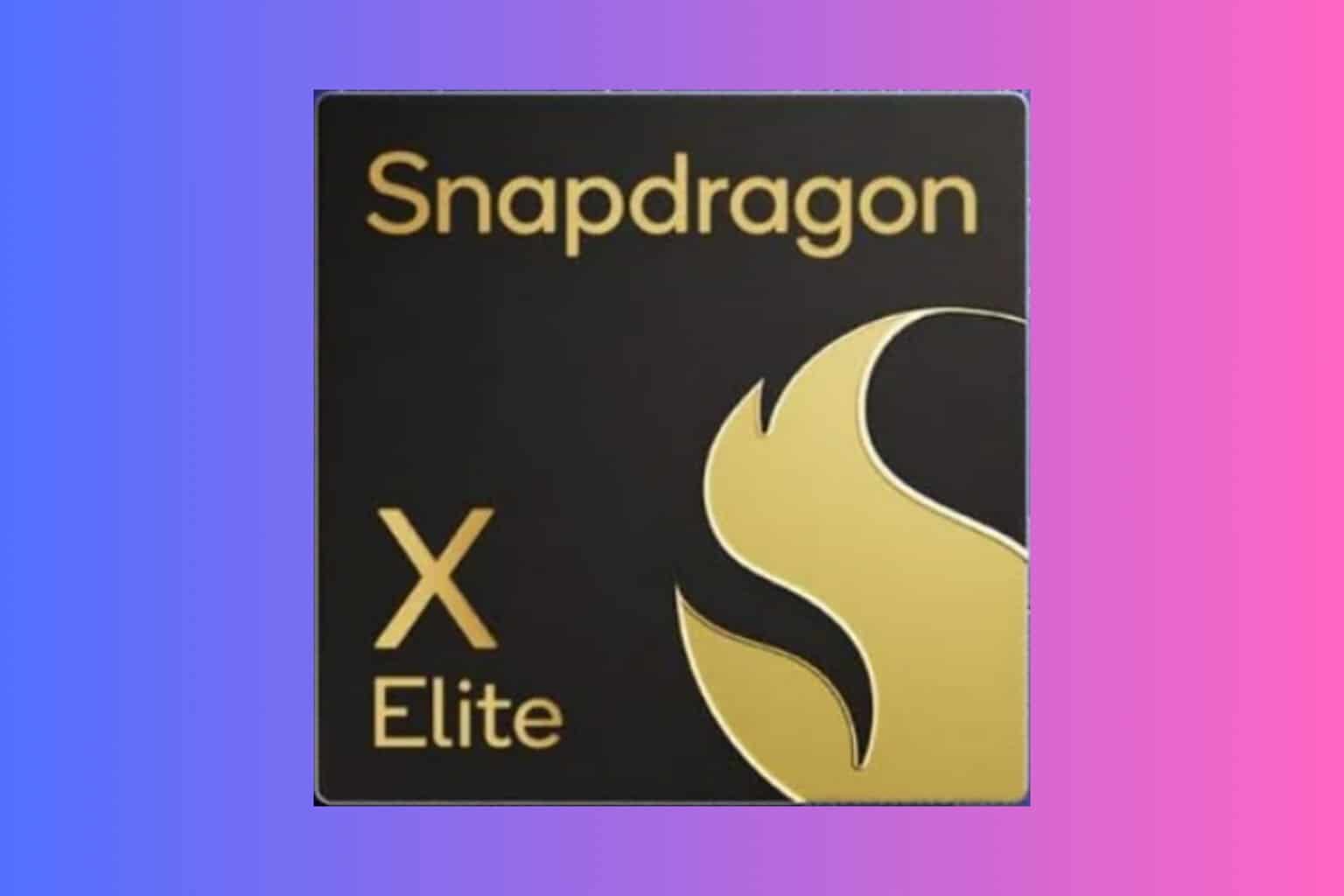
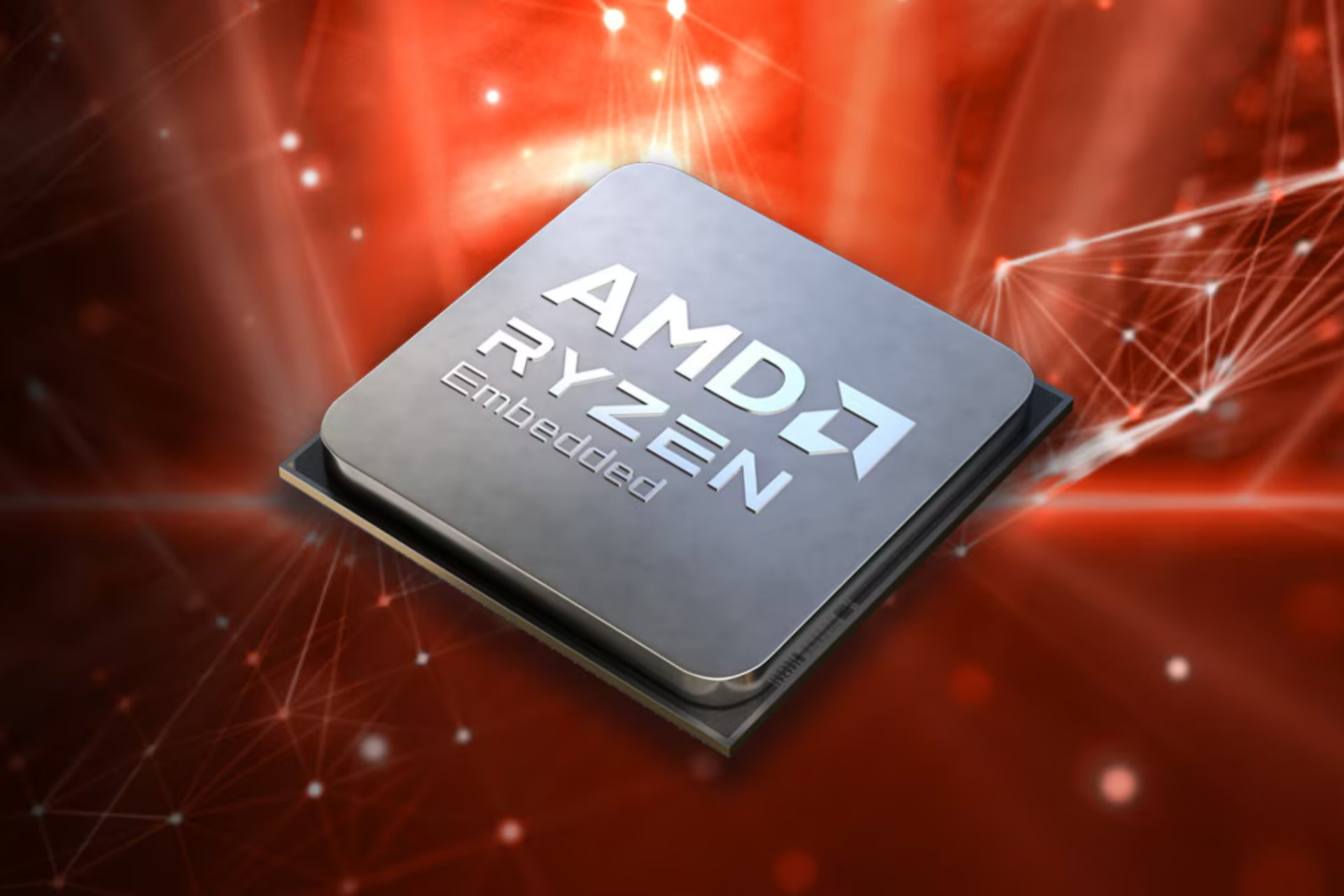
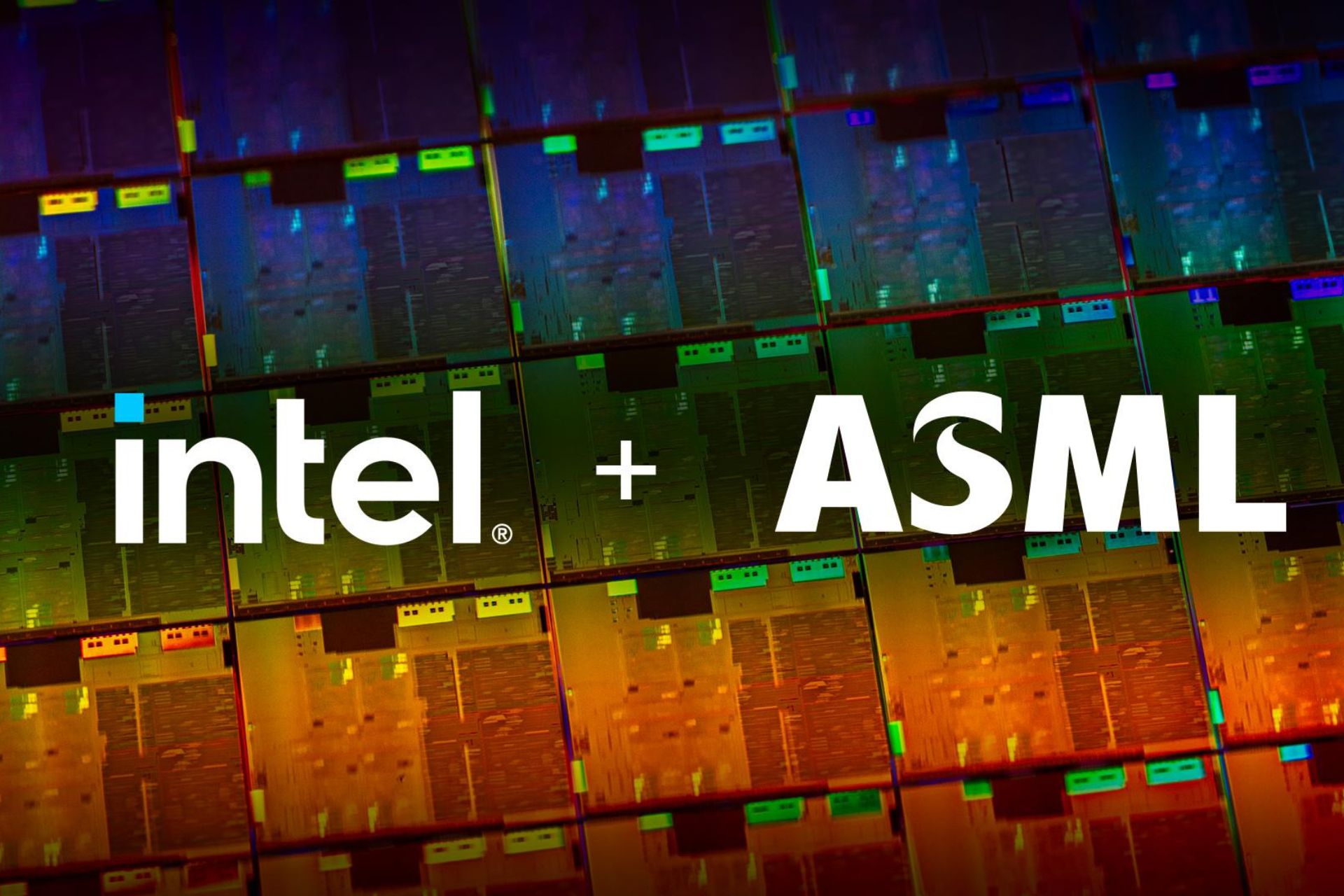
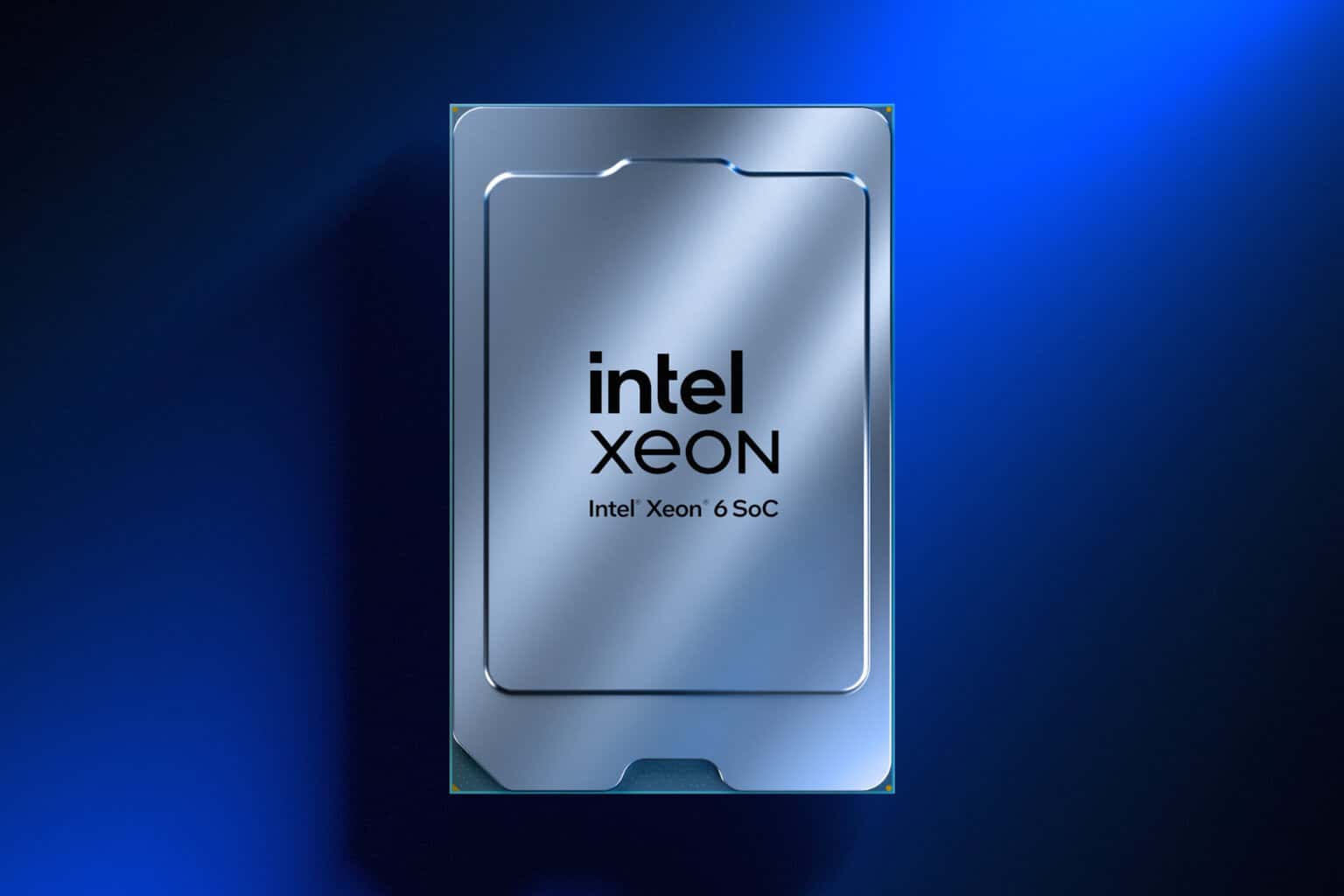

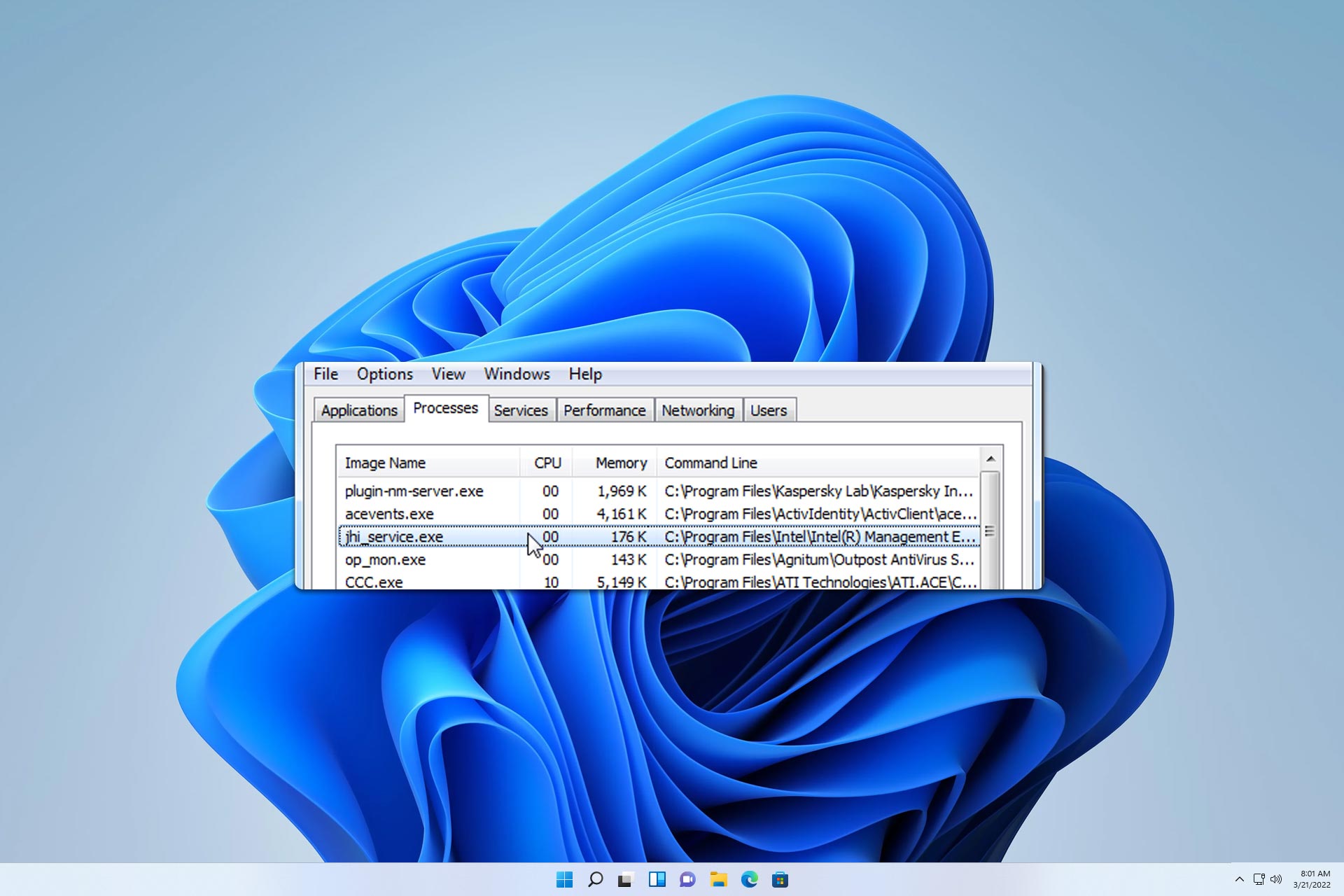
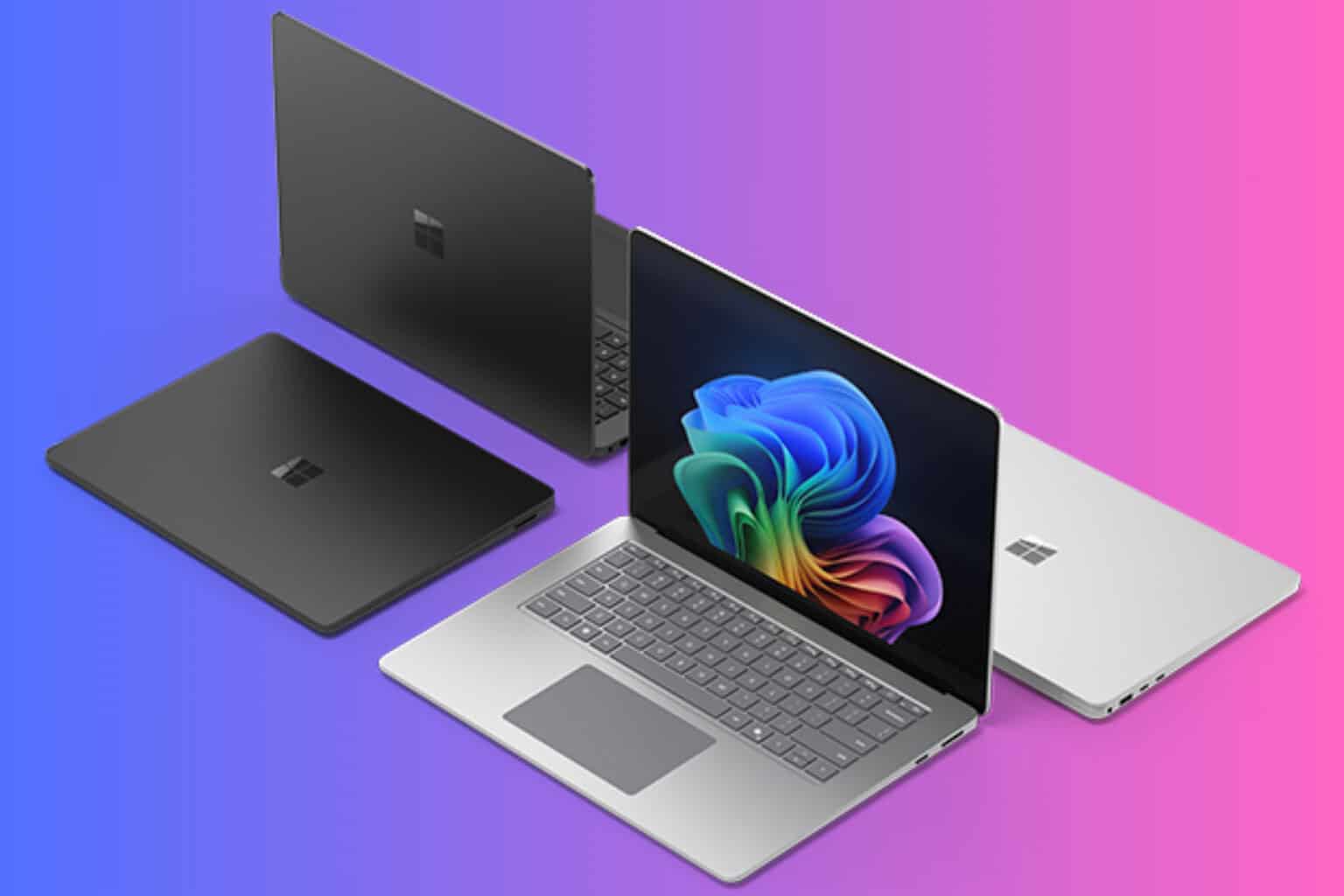
User forum
0 messages